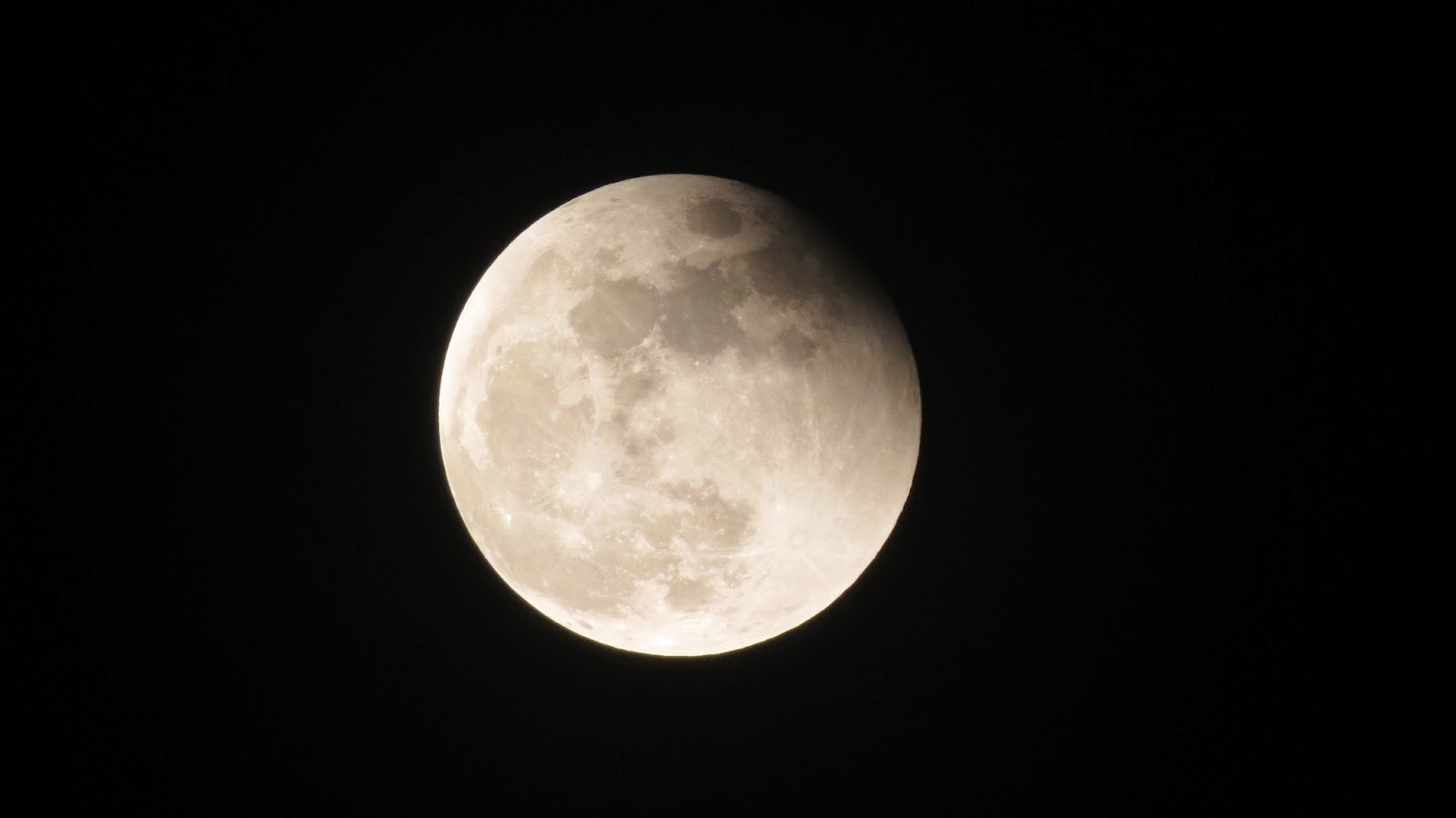Here is my poor reflector telescope in our garage.
Notice the broken tripod leg part in the heavy equatorial mount.
However, our family was very lucky to be given a very beautiful camera from my Aunt abroad. I've used the Canon SX50 HS camera quite a few times during my recitals and performances.
Here is our camera, a recent gift from my VERY generous aunt abroad.
Notice how it says "Canon Zoom Lens 50x IS" around the lens? It's a pretty powerful camera, capable of zooming in quite well and then some more. It also has some manual controls such as aperture and shutter speed control which gives me some settings to use when taking photos. Interestingly, the powerful zoom capabilities of this camera together with some manual control options would also allow me to use this for basic astrophotography without using a telescope. An idea came to mind - why don't I try to use the camera to take pictures of the blood moon using this camera?
I heard of the blood moon the night before on news. My favorite local news program, "24-Oras" reported that the blood moon will be visible in the Philippines on October 8, 2014 at around 6:30 PM - 7:30 PM. So I waited. Sadly, there were heavy cloud covers when I looked up the sky at around 5:30 PM. I was praying that the clouds would clear up in time for the Blood Moon.
Come 6:30 PM and here's what I saw. Check out these photos of the blood moon. (ISO 6400-0.5 second exposure, aperture between f 3.4-6.5 depending on zoom level)
Notice that there are two stars beside the moon? I've encircled them in this picture for easier identification.
Man and Nature - A plane passes by.
Now we see the next phases of the eclipse - 3/4 of the moon is covered by the earth's shadow. These pictures are much clearer now because the moon is high above the cloud coverage near the horizon. You can see the shadow getting smaller and smaller as you progress down as we near the end of the eclipse.
The shadow getting smaller
And smaller....
And smaller.........
And even smaller.
And there we go! That sums up my blood moon/eclipse coverage as seen from the Philippines on October 8, 2014 from 6:30 PM to 8:30 PM. It was really hard to capture all these images but the amateur astronomer inside me says that I must do it so that I may share it to my fellow amateur astronomers.
Here's a little portrait of how I looked like from the start of the blood moon til the end of my coverage. My arms hurt a bit after the coverage session! Clear skies til our next astronomy event!
Marvin Xylon M. Jaen - Amateur Astronomer-Adventurer





































































































